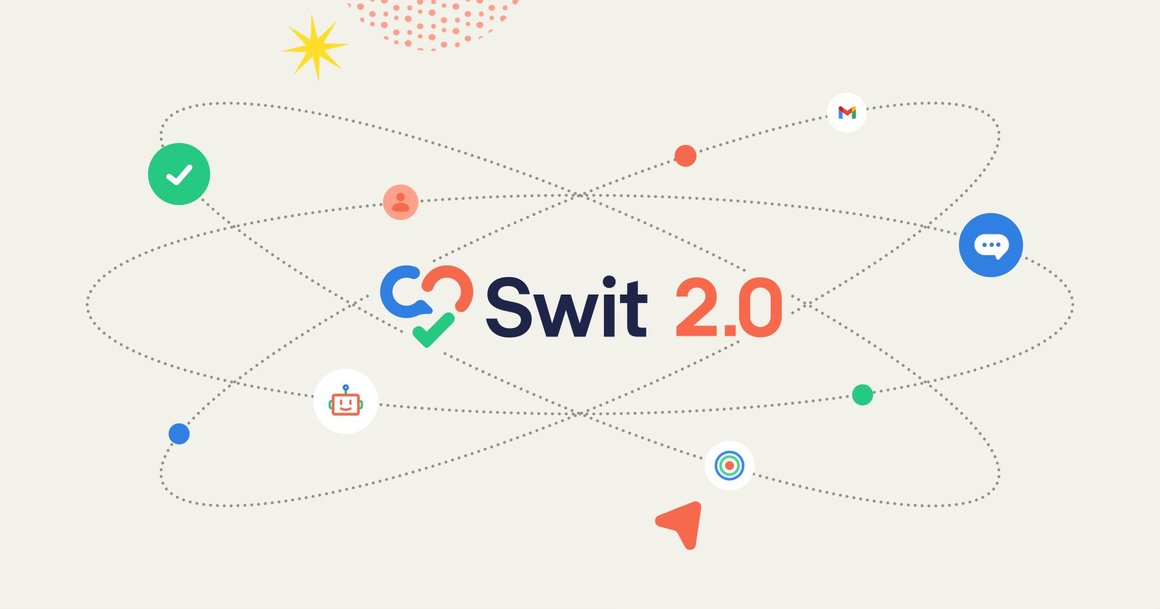
Redefining Enterprise Software: The Rise of Swit 2.0
The evolution of an All-and-One ecosystem
September 28, 2023
Notes:
- Businesses suffer from tool overload, leading to fragmented and disconnected systems
- Industry shift from singular focus to “Compound Startups”
- Swit's Unique Product Strategy
- Prioritized interplay between Chat & Task to remove the biggest app-switching distractions
- Targeted less tech-savvy verticals in need of unified, distraction-free workspaces
- Journey to the new Swit
- "All-and-One" approach: Transitioned from a multi-function product to an ecosystem of multiple products with customizable bundling options
- Swit 2.0 Rollout and Future Prospects
- Significantly reduced in-app tab-switching, offering more integrated features
- Changed pricing strategy to offer stronger, standalone functionalities at competitive prices
- Expanding market reach globally and looking forward to launching Swit 3.0
A Turning Point in Enterprise Software Development
Every team, even within the same organization, has its unique workflow and preferences for software tooling. Also, teams frequently adopt tools based on their individual needs at varied times, unaware that this can lead to disconnected systems and redundant overlaps across the company. In this fragmented work environment, it’s much harder for everyone to connect for shared goals of cross-functional projects that extend beyond departmental boundaries.
This issue that modern businesses grapple with isn’t a lack of tools, but rather an overwhelming abundance of them. We’re living in an age of Tool Overload. “We recently ran a pulse survey to understand the biggest challenges businesses are facing, and the number one pain point was disconnected systems,” wrote Yamini Rangan, CEO of HubSpot, in a recent post. This is why narrow-focused point solutions, conventionally embraced as the golden standard in enterprise software, can no longer be a solution in this evolving landscape. Every niche category of collaboration space is already saturated with single-function tools, such as Slack for team communication or Asana for project management.
Nowadays, enterprise startups are increasingly required to tackle larger issues by offering an integrated suite of products that operate seamlessly within a unified ecosystem, instead of just focusing on a single niche. Over the last 15 years, passing through the birth of cloud platforms and pandemic, the conceptual framework for SaaS offerings in the collaboration arena has undergone two significant shifts: evolving from single-function to multi-function, and ultimately to multi-product. Parker Conrad, Rippling's CEO, aptly described this new type of business as "Compound Startups" at the SaaStr event in June 2023.
This phrasing fits so well with the product strategy we've been calling All-and-One internally for years. All-and-One means multiple products coherently working in one ecosystem, allowing customers to choose one individual plan or everything in a bundled pricing package, while All-in-One offers only one product option. In this All-and-One way, customers can select only the products with the functions they want lightly and quickly without worrying about overlapping investment. They will also choose products within the same ecosystem when they need another function.
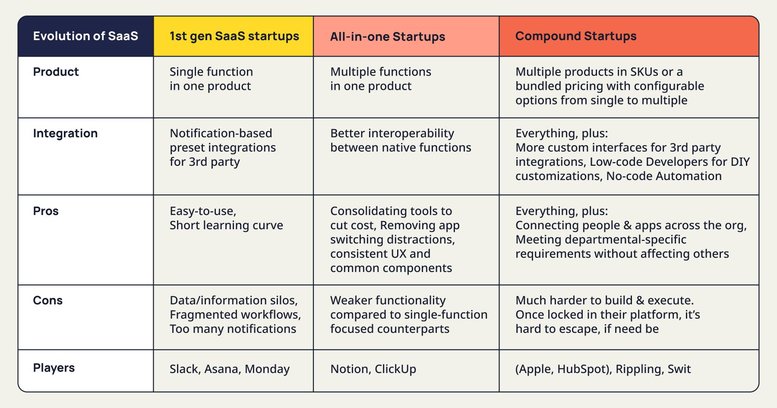
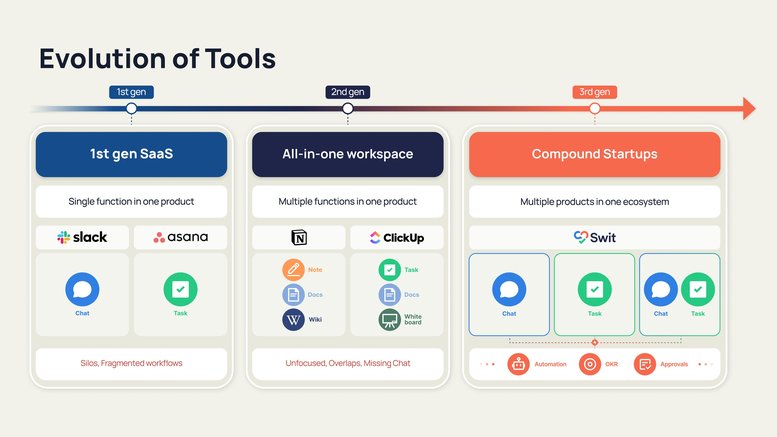
This transition isn't about shifting from focused ‘unbundling’ straight back to ‘bundling’. Instead, it's progressing towards offering rebundled products with the capability to be unbundled simultaneously. This allows customers to tailor product offerings according to their needs and set the pricing spectrum from basic to feature-packed as they need it to be. We're at a turning point where the rise of cross-category, hybrid tools that efficiently bundle multiple products will become more prevalent.
Summary
- Every team has a unique workflow and software preferences, often leading to disconnected systems and redundancies.
- This overwhelming abundance of tools causes employee disconnection.
- Point solutions are no longer adequate for today's interconnected work environment.
- Enterprise startups are moving towards integrated suites of products within a unified ecosystem.
- All-and-One strategy eliminates overlapping costs by providing individual plans or bundled packages.
- Products that can be rebundled or unbundled offer greater customization and flexible pricing.
Aligning Product and GTM Strategies in an Early Stage Compound Startup
This is why Swit combined Chat & Task, the most frequently used functions in every team’s daily workflows so that collaboration essentials can happen in one place while removing the biggest app-switching distraction in employee productivity. We thought if we could build the common denominator between multiple plans as the system backbone and find reusable components between functions to create a more unified, consistent UI/UX, this product strategy would more efficiently simplify the way we work while removing overlaps.
Reusable Components

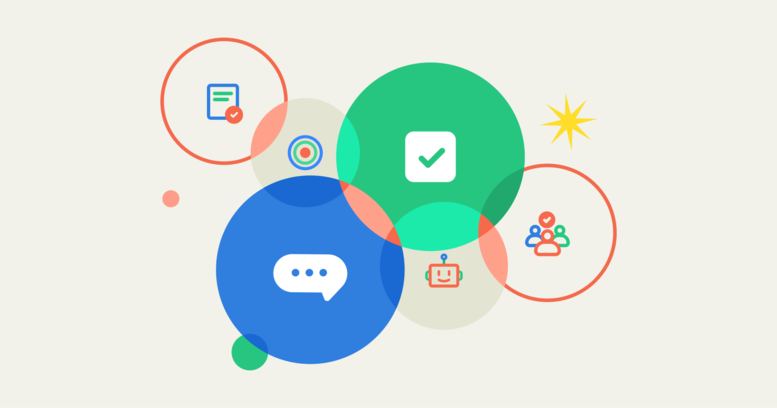
However, such a big ambition couldn’t be carried out without multiple sprints, because we didn’t aspire to build just another all-in-one app where each function is inferior to its singular focused, standalone counterparts.
Our primary aim was to foster a uniquely competitive interplay between Chat and Task right from their foundational functions. This would allow our users to effortlessly convert conversations into traceable tasks before they dissipate, and vice versa, share tasks in chat channels while maintaining context. Although initially, our tool's individual functionalities might have appeared less robust compared to competitors', this approach resonated especially with less tech-savvy verticals, such as manufacturing, airlines, retail, and property management. The pandemic saw these sectors searching for a more unified, distraction-free workspace for employees unaccustomed to complex integrations. In the same vein, their contentment significantly grew when we facilitated seamless integrations of Google Workspace and Microsoft 365 all within Swit. This is exactly the area we purposefully and strategically focused on until the release of Swit 2.0.
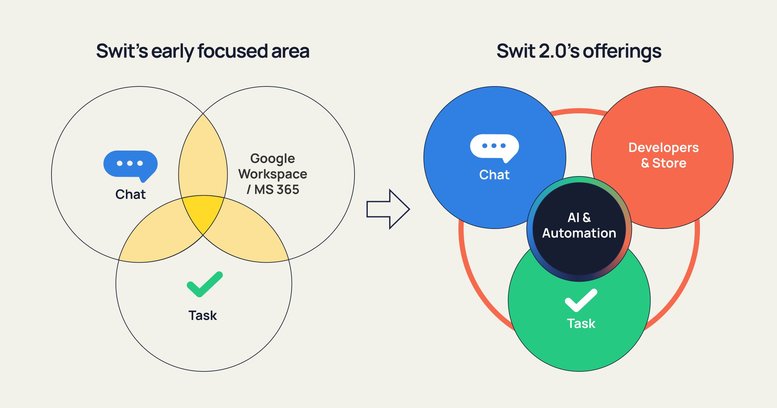
Summary
- Swit combined Chat & Task with a unified UI/UX to streamline workflows and eliminate app-switching distractions.
- Achieving this ambitious goal was not about creating another all-in-one app with overlaps or inferior functionalities.
- The primary aim was to allow for easy conversion between conversations and tasks while maintaining context.
- The tool found particular resonance in less tech-savvy industries at first.
- The company strategically focused on this approach until the release of Swit 2.0, aiming to offer a more simplified work environment.
Transitioning from One Multi-Functional Product to a Unified Ecosystem of Multiple Products
“Ideas are cheap, Execution is everything.” The adage holds true to our case. Our conceptualization of transitioning from a singular multi-function product to multiple products within a defined timeframe appeared flawless in theory. As we collated an array of data, including user feedback from 1.0+ versions, the purpose and trajectory of the 2.0 project crystallized. Yet, the complexity had multiplied several-fold compared to when building the first version of Swit. The longer the launch of this project was postponed, the more intricate its completion would become. This complexity stemmed from the product’s ongoing evolution, meticulously shared to mirror the dynamic requirements of our customer base.
This execution was far from easy in practice, particularly considering the dual mandate of quickly shipping new features to capture fresh customer interest or meet the demands of power users, all while knowing that the product was destined for eventual re-architecting sooner or later. It was like adding floors and decorations atop a skyscraper that had been scheduled to be demolished for reconstruction. This was the longest and riskiest project that we had ever done.
After facing three delays due to failed attempts with valid reasons, we finally embarked on the project: Swit 2.0 in July, 2022. Thankfully, some of the sharpest minds from the Bay Area and Seoul, Korea, who held the conviction that their expertise was essential for overcoming this challenge, enthusiastically rallied around this “Mission Impossible.” They earnestly tried to understand, with profound respect, how the existing members had composed the current codes and built the present system architecture - acknowledging that these decisions were made under tight resource constraints and in the context of a quickly changing environment until we found the PMF.
Yet, there were lots of reasons predicting the project's potential failure in reality. Consider this: the massive initiative comprised over 4 thousand challenging tasks, which were interdependent and spread across 16 different teams. The project was plagued by issues ranging from data and development to operations, payments, finance, and staffing. At times, the situation seemed hopeless. For individuals who had dedicated their entire careers in this extraordinarily ambitious endeavor—something most normal companies wouldn't even attempt—the prospect must have been daunting. Without a doubt, it was a super hard thing that appeared nearly impossible to achieve.
We, however, decisively crossed a bridge of no return, driven by the 'failure is not an option' mindset. It could only become achievable when the early members, who possessed keen insights into the deficiencies of the prior architecture, collaborated efficiently alongside new members, all working cohesively as one united team, pursuing one shared goal with unwavering conviction and confidence - launching the new Swit. While the project hasn’t been without controversy, miracles happened and we’ve succeeded on our first run.
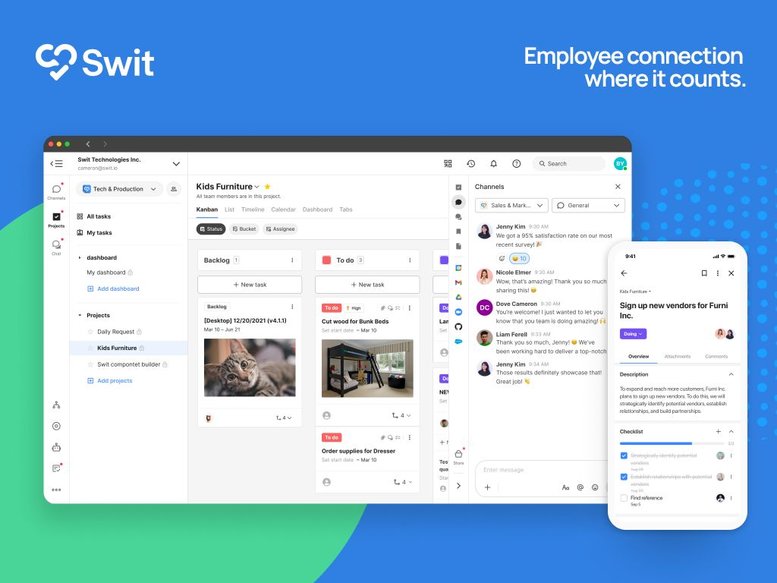
While earlier versions of Swit aimed to eliminate the hassle of toggling between multiple apps, Swit 2.0 goes even further. We've significantly reduced the need for tab-switching within the Swit interface itself, seamlessly integrating features like Chat, Task, Approvals, OKR, Automation, and AI. This unprecedentedly takes collaborative interoperability to the next level.
This product enhancement has had a significant impact on our pricing strategy. Each feature, once merely a part of a larger suite, has been fortified to the point where it can outperform standalone alternatives. As a result, we can offer these improved functionalities as individual plans at highly competitive prices. Since we aren't reliant on a single product for revenue, we can price each SKU in a way that sets us apart from our competitors.
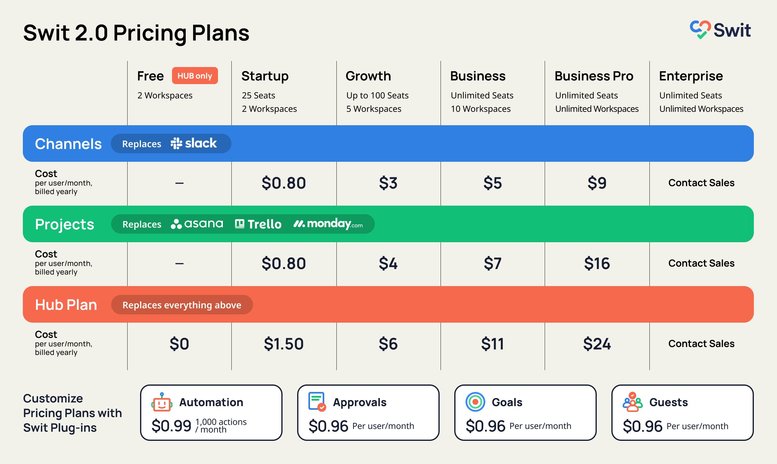
Summary
- The transition from a single multi-function product to multiple integrated products was super complex.
- Execution challenges included quickly releasing new features while planning for eventual re-architecting.
- Swit 2.0 project was the longest, riskiest project undertaken by the team.
- A 'failure is not an option' mindset drove the team to successfully launch Swit 2.0.
- Swit 2.0 minimizes both app-switching and tab-switching, taking collaborative interoperability to a new level.
- The robustness of each newly fortified feature enables offering them as individual plans. This allows competitive pricing for each SKU, as the revenue is not dependent on a single product.
Back to the Future and Forward to the Past
It’s said light takes time to travel through space and it takes about 8 minutes for light from the Sun to get to Earth. So we’re literally seeing them as they were in the past. It's like a time machine, for the present to us can be the past to others in a different space.
The same went for the project Swit 2.0, which entails our history and product vision in thousands of tasks to re-architect the legacy of the past for future possibilities. The new Swit, which we are now fortunately successful to present to you, contains our challenges and failures over the past four years and shows how we persistently envision the future of work into the product without giving up. This 4-year process was an endless repetition of self-denial about the past and unbroken self-confidence about the future.
The whole dev and product teams had to update the Swit app 359 times on desktop and mobile until it’s upgraded to 2.0 while operating stably to meet SLAs and building the new Swit from the ground up at the same time without additional resources. This, to me, was a logical contradiction in trying to achieve our mission - re:Humanize Work - for customers by dehumanizing ourselves. This was, of course, the toughest product decision for me and Max, CTO & co-founder. We often saw developers and product managers secretly returning to the office late at night and working overtime even on weekends. It was brutal. Max and I cried a couple of times, suffering from so many unanswered questions on WTF we’re doing. However, many of them rather tried to comfort us by saying, “Thank you for considering us as partners rather than just employees.” I will never forget the day that tears of gratitude spilled over the entire lobby when we announced the company could finally give stock options to all employees and treat them as real partners.
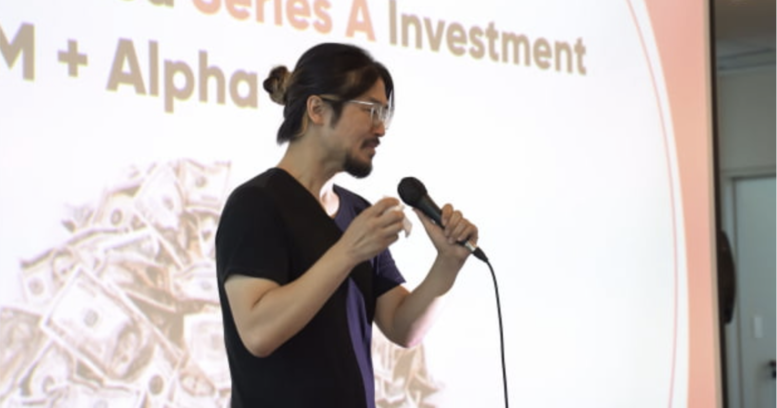
The rollout of Swit 2.0 is a never-before-done deployment. This changed the trajectory of our history. We’ve learned what “Together” can do while keeping careful watch for possible technical difficulties and addressing customer concerns with genuine care. Until recently, our efforts were concentrated on specific verticals in the US and Korea. Now, we are moving forward to broader markets in APAC, LATAM, and EU, all while offering support in 17 languages. While sailing over the horizon, we’ll probably face many challenging uncertainties for venturing beyond our comfort zone always brings with it unknowns. But one thing I know for sure is that our team will once again find a way to overcome obstacles, paving the way for the eventual launch of Swit 3.0, just as we successfully did with Swit 2.0.
Summary
- The journey of creating Swit 2.0 represents the culmination of four years of failures and vision for the future of work.
- The previous deployments underwent 359 updates until the release of Swit 2.0.
- The rollout of Swit 2.0 was a landmark moment that shifted the company's trajectory, setting the stage for expansion to broader markets.
- Support has been extended to 17 languages as part of the global expansion effort.
- Despite the anticipated hurdles, the team's past success with Swit 2.0 instills confidence in our ability to overcome future obstacles, laying the groundwork for the eventual launch of Swit 3.0.
Josh Lee, Co-Founder and CEO of Swit